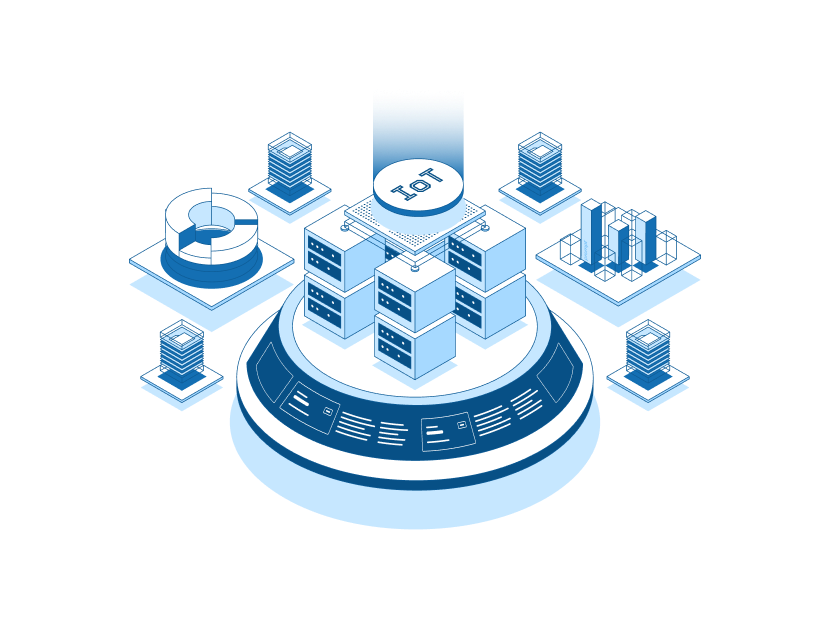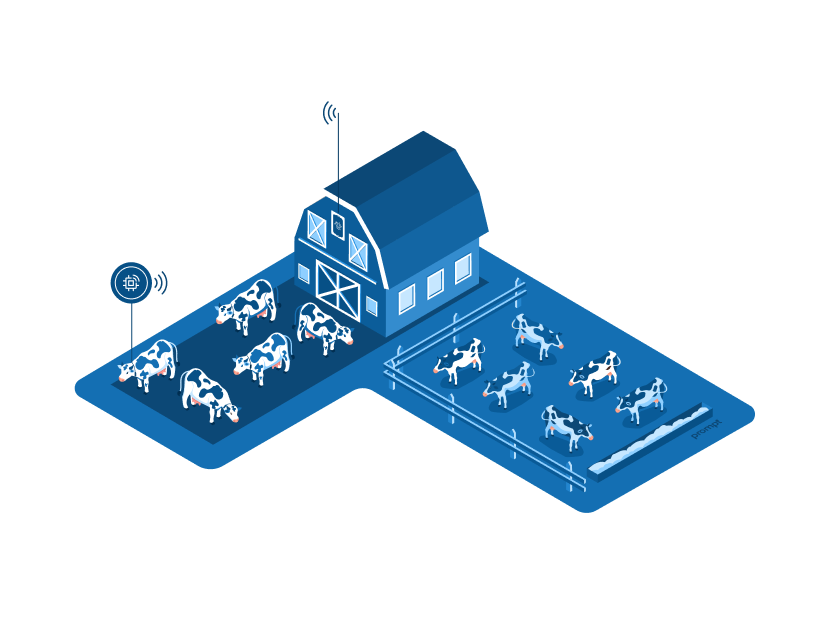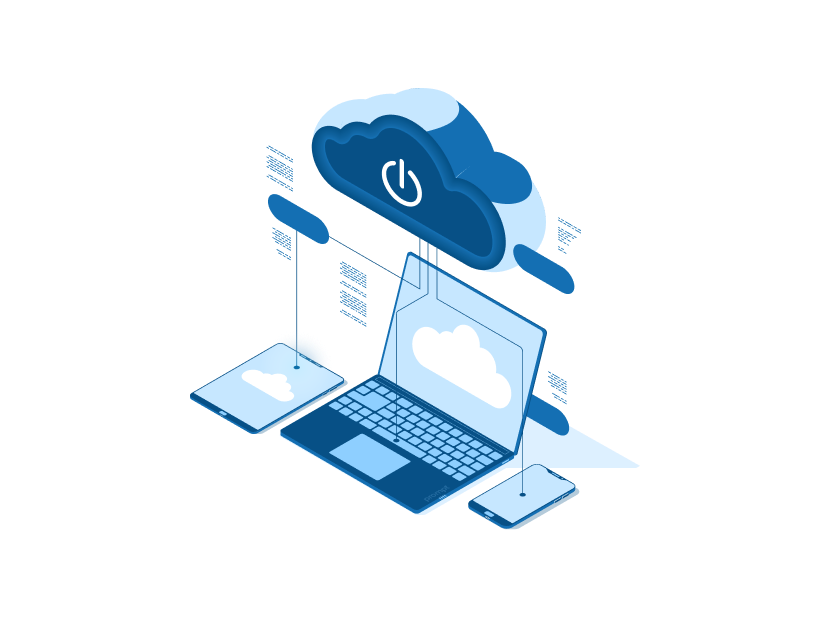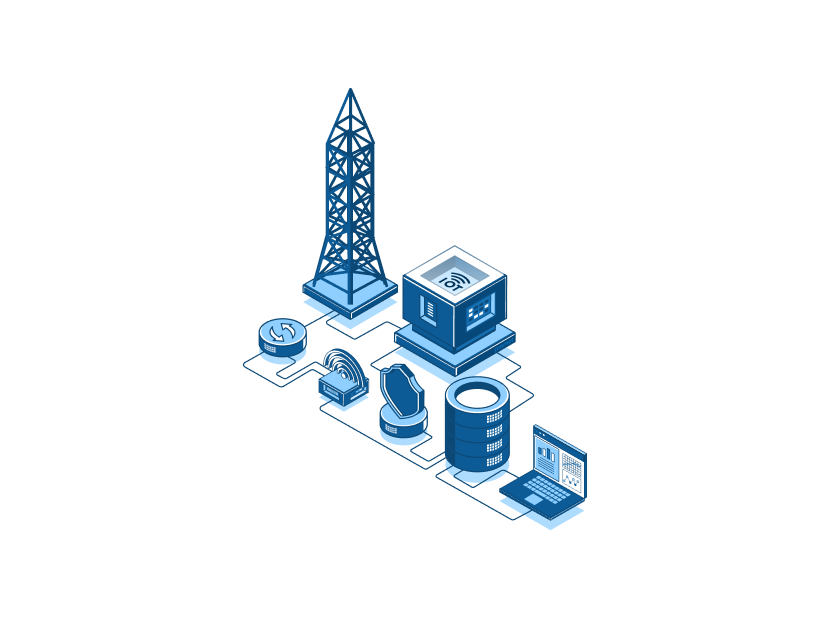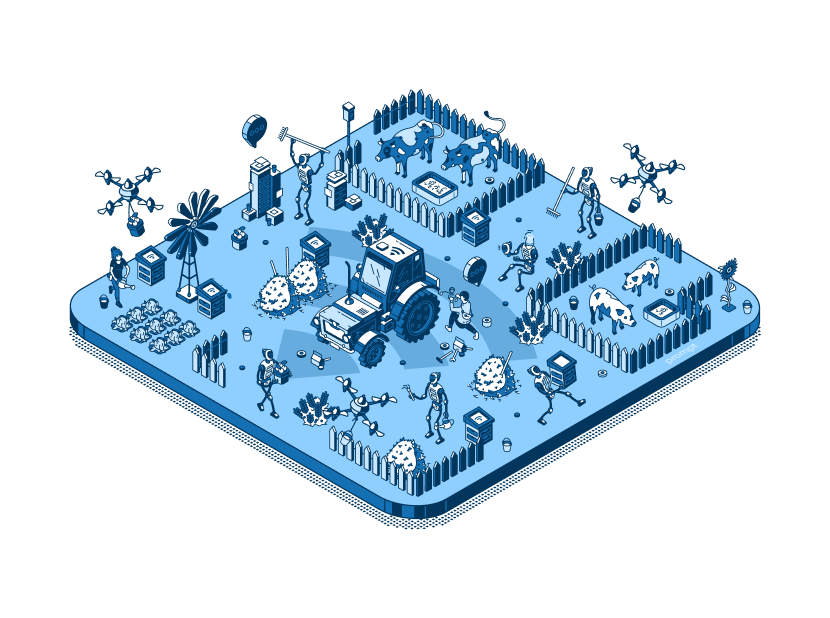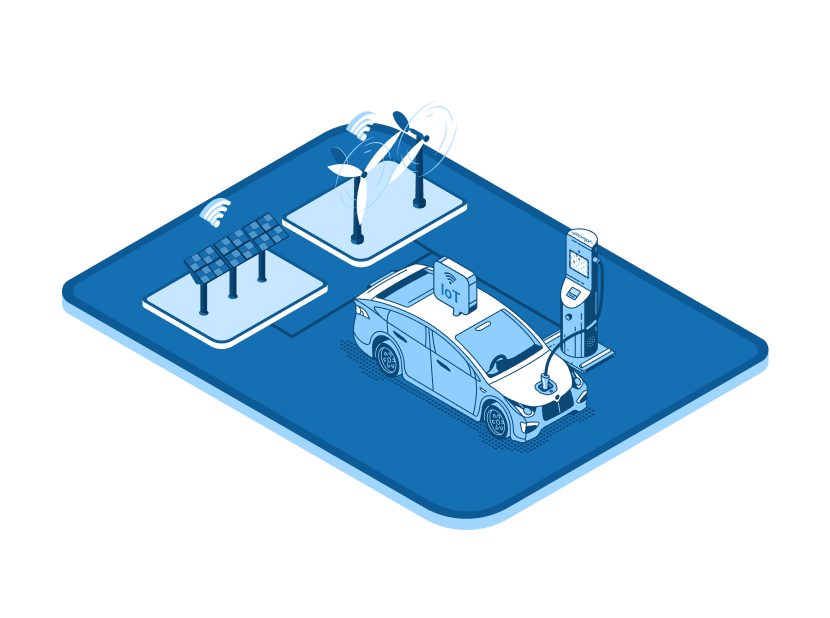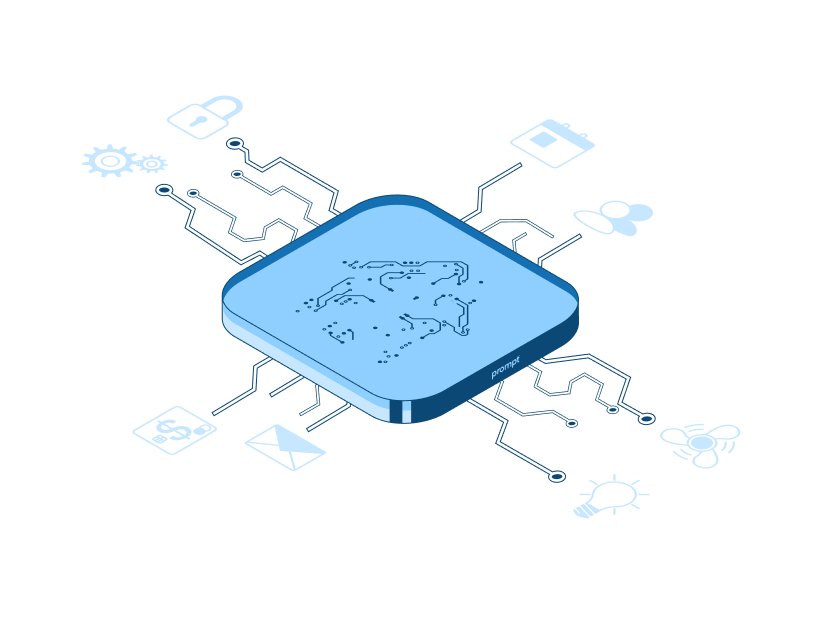Whenever we talk about data management, the whole conversation remains incomplete if we do not mention the most important aspect related to data management: the Internet of Things, IoT networks. Today, everything is connected, and all credits go to IoT networks. From smart towns to industrial sensors, our world is interconnected with smart devices, and the volume of data generated has reached unbelievable proportions. This is advantageous for our digital transformation initiatives but carries a parallel increase in vulnerability to data piracy, cyber attacks, and privacy infringements.
The amount of data generated is directly proportional to the higher stakes regarding safeguarding it. This raises the need for data protection measures in IoT ecosystems, which has now become a significant challenge for organizations. It has also necessitated robust data management strategies to guarantee IoT data’s integrity, security, and privacy.
However, enterprises are still making errors. They emphasize more on expanding IoT and are least interested in making the data streams safer and more authentic. More comprehensive IoT networks assure more users and faster streaming, yet they lack in terms of data protection.
Critical data management challenges in IoT
In the domain of IoT, significant data challenges emerge, including security risks, privacy concerns, data authenticity, and data proliferation. Security risks create a constant threat, as IoT devices are vulnerable to breaches, unauthorized access, and tampering, potentially resulting in data leaks and network attacks.
Safeguarding privacy is crucial due to the collection and transmission of personal data by IoT devices containing sensitive information like location, health data, and behavioral patterns.
Securing data integrity and authenticity is difficult in IoT environments, as changes often lead to erroneous decisions and compromise system reliability.
Besides this, the sheer volume of data created by IoT devices can overcome traditional management systems, making it necessary to have sufficient storage, processing, and analysis strategies in a timely and cost-effective way. As per the ‘State of IoT Spring 2023’ report released by IoT Analytics, the worldwide count of operational IoT endpoints rose 18% in 2022, reaching 14.3 billion connections.
How can data fabrics handle these challenges?
Data fabrics are essential in allowing scalable data management in IoT ecosystems. They provide valuable support in different aspects of IoT data management. They play a vital role in privacy protection by using data masking techniques that pseudonymize or anonymize sensitive information.
By substituting original values with masked or randomized data, the identity of individuals or devices remains safe, diminishing the threat of data breaches.
Data fabrics also allow access control, restricting access to authorized personnel or systems. Encryption also improves security by shielding transmitted or stored data from unauthorized access. Data fabrics offer an extra layer of security against attackers by integrating encryption with masking.
In addition, data fabrics support data minimization by reducing the amount of sensitive data stored or transmitted, using masked or aggregated data instead.
- Data integration and aggregation: Data silos create a significant challenge in IoT, as they can cause data duplication, loss, or inaccessibility by different systems. Data fabrics can support breaking down data silos by offering a unified view of data across the IoT ecosystem. Data is created from different sources and in diverse formats; data fabrics can enable the integration of this data into a suitable view. This allows organizations to comprehend their IoT data landscape and make informed decisions. Data fabrics can collect and merge this data in real-time, offering a compressed and contextualized view of the IoT environment. This collected data can be used for real-time analytics, irregularity detection, and predictive modeling, allowing organizations to derive valuable insights and make proactive decisions.
- Data processing and analytics: Data fabrics offer processing power, permitting IoT data to be analyzed and changed into actionable intelligence. By using distributed computing and parallel processing, data fabrics can handle IoT data’s high volume as well as velocity. This empowers organizations to conduct complex analytics on the gathered IoT data, like machine learning algorithms, extracting valuable patterns, trends, and correlations.
- Data management and quality: Data fabrics offer a management layer guaranteeing data quality, consistency, and compliance. As we know, IoT data comes from different sources and devices, and it is necessary to ensure data integrity and reliability. Data fabrics can implement data management policies, perform data validation and assure data quality standards are fulfilled, thereby enhancing the reliability and trustworthiness of IoT data.
- Scalability and flexibility: IoT establishment often includes multiple devices creating data at a high frequency. Data fabrics are designed to be scalable and flexible, enabling organizations to manage the high intensity of IoT data and acclimate future growth. They are seamlessly scaled horizontally, adding more resources as required and adapting to evolving IoT infrastructures and data requirements.
Not just this, data fabric tools also enable real-time data processing and help in decision-making. In IoT systems, real-time responsiveness is essential for upcoming maintenance, monitoring, and dynamic resource allocation applications. Data fabrics can process and analyze data in real-time, allowing organizations to take prompt actions based on IoT insights.
Some robust platforms for managing IoT data
For handling IoT data, many platforms offer robust capabilities. One such platform is K2View, a data integration and management solution that allows organizations to merge and manage their data from various sources. Their technique pivots around micro-data management, emphasizing granular test data management instead of replicating entire datasets. This strategy streamlines operations, decreases complexity, and minimizes the risk of data inconsistencies. Organizations can overcome data silos, improve data quality, and achieve valuable insights for informed decision-making using their scalable and flexible architecture.
For companies planning their AI move, IBM Pak is an available option. It is a pre-integrated, enterprise-grade data and AI platform that assists businesses in accelerating their journey to AI. It offers a unified view of data, streamlines data preparation and control, and allows rapid growth and deployment of AI models. It is also available on-premises or in the cloud.
There are other platforms like Talend, known for its data integration and transformation capabilities. Talend is a data integration platform that gathers, cleans, and converts data from IoT devices. It also offers a combination of connectors to other data sources, making it uncomplicated to build a data fabric. It also offers a set of data integration, quality, administration, application, and API integration capabilities. Their Fabric also supports organizations in getting trusted data promptly, improving operational efficacy, and reducing threats.
The realm of IoT- connecting everything
The Internet of Things (IoT) will become the most powerful domain in the coming years, and data fabrics will be the best solution to encounter and subdue data challenges. They empower businesses to break free from silos and gain a holistic view of their digital landscape. With the help of data fabric, real-time insights become the standard, promoting intelligent decision-making and growing businesses into new frontiers. With the adoption of this paradigm, data fabrics come out as beacons driving organizations to the vast intricacies of IoT data and unlocking endless opportunities.

